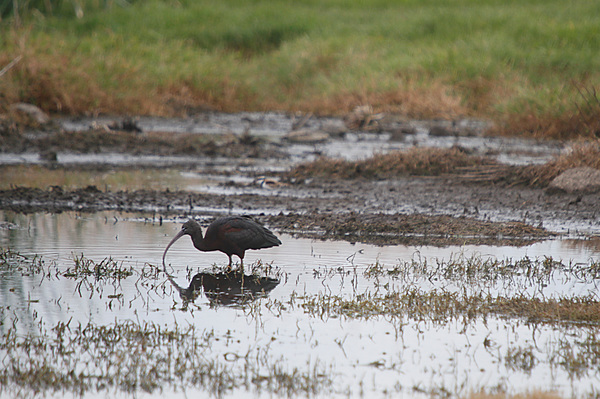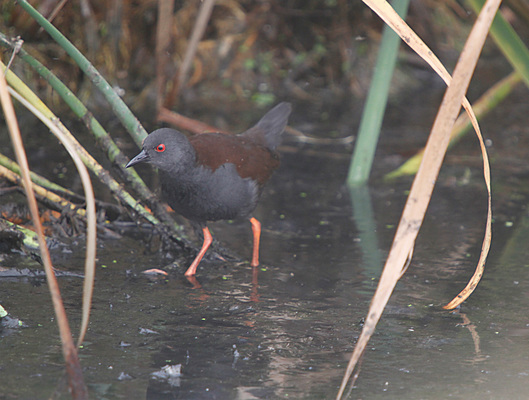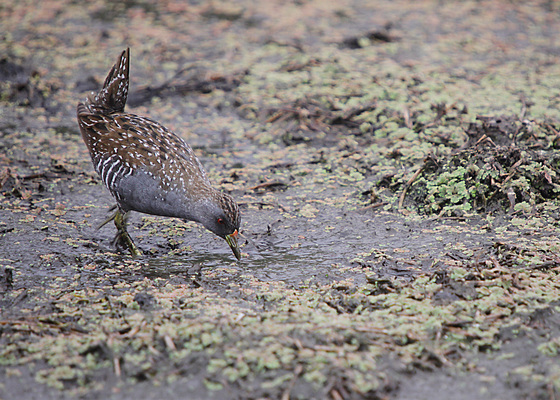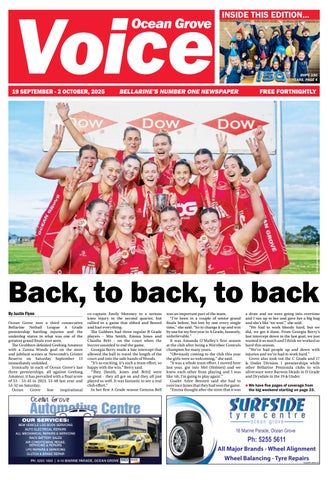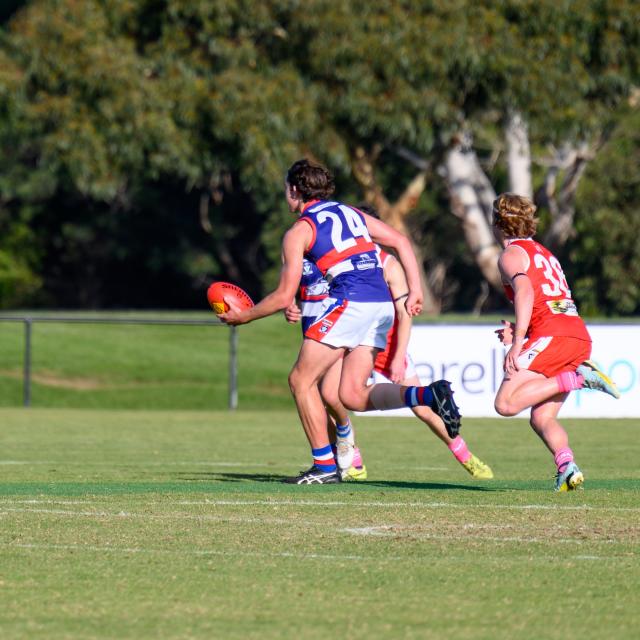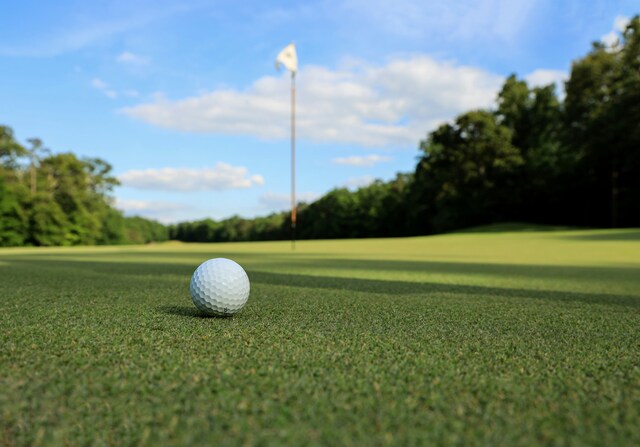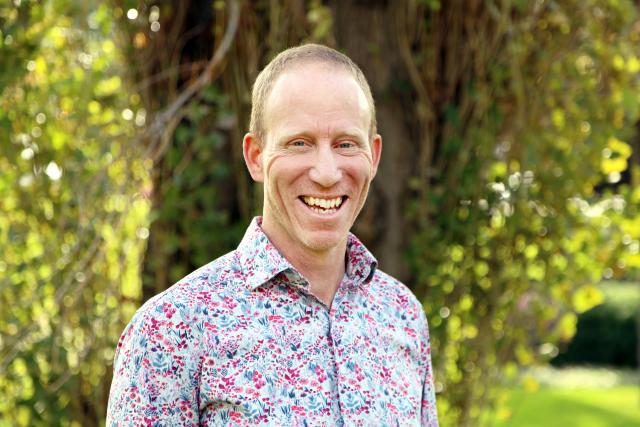AT last the heavens have opened and there has been some decent rain.
The days and nights have been getting slightly cooler, but are still – unusually – almost balmy for this time of year.
As I am writing this I can see about 10 birds eating all the persimmons off my tree, which is outside the lounge room window.
The Red Wattlebirds are particularly keen on persimmons, as are Blackbirds and New Holland Honeyeaters.
At this rate there will be no persimmons left for the human residents, but at least they have gone to a good cause.
My dog has taken to picking the fruit off the persimmon tree as well!
I haven’t had an awful lot of time to get out and about. I did drive down to Anglesea Heath one afternoon, and sat in my usual spot for a few hours, and saw nothing of any note.
It was nice to sit and relax but would have been even better had some birds hopped around the bushes.
I did have a day at Western Treatment Plant (WTP) last week, and it was fantastic. I saw Flame Robins, Striated Fieldwrens, Brolgas, Cape Barren Geese, Spotted and Spotless Crakes, and (a first for me) a Glossy Ibis.
I had seen Glossy Ibis at Port Douglas in the sanctuary up there, but the one I spotted at WTP was my first seen in the wild. There are many Australian White Ibis and Straw-Necked Ibis to be observed in the farmlands of the Bellarine Peninsula, or flying in flocks around and around in the thermals, but it’s rare to see a Glossy Ibis around these parts.
The Glossy Ibis is seen in shallow mudflats, swamps and lakes rather than farming country. These birds are more numerous in northern parts of Australia.
When I first saw the bird at WTP I thought that it was a Purple Swamphen, as it was in a shallow waterway surrounded by the Swamphens, but as I have been taught (thanks Tom and Gordon) you must look carefully at every bird in front of you, and in doing that I noticed the long, curved ibis beak.
The Glossy Ibis looks black in the distance, but close up the neck is reddish-brown and the body is a bronze-brown with a mother of pearl sheen on the wings. Just beautiful.
In the same shallow pond at the WTP I also saw Spotless and Spotted Crakes. I loved just sitting in my car and watching the crakes scuttle around the reeds in the mud. Glorious!
I would like to thank Kevin and Ann Maree for sending me a wonderful photo of a Black-fronted Dotterel, taken at Anglsea. Also Carole, from the Bellarine Birdlife group, sent me some lovely photos of two Rufous Bristlebirds having a swim in some puddles at Point Addis.
I also met with Margaret Griffith, the project leader from the Barwon Estuary Project. This project is an initiative of the Barwon Heads Sustainability Group (BHSG).
The aim of the project is to educate and inform the local community about the biodiversity and fragility of the Barwon Estuary (including Lake Connewarre), and also to encourage people to share their observations and appreciation of nature.
A working party and reference group has been established and a project plan formalised. The next step involves community education through local schools and other forums. There will be writing workshops, bird photography workshops, guided walks with estuary experts, and community presentations. The first bird photography workshop will be held on 19 June, and a guided estuary walk is scheduled on Sunday 14 August, between 2pm and 4 pm. If anyone is interested in becoming involved in the project or attending a workshop, they can register their interest via the following email address; barwonestuary@gmail.com
If you are interested in some organised Bird Watching activities, you can access the calendar of events via the website birdlife.org.au/locations/birdlife-bellarine-peninsula
Fiona Topolcsany from the Ocean Grove Nature Reserve is putting together a document that outlines the history of the reserve, which will be a great read.
I worry about the Nature Reserve as a huge shopping centre is planned to be built right opposite the reserve in Grubb Road. I don’t think the world needs more shops but it does need more habitat for nature.
– Jen Carr
(jennifer.carr6@bigpond.com)
Fruit goes to cheeky guests
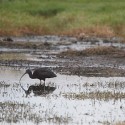
Digital Editions

-
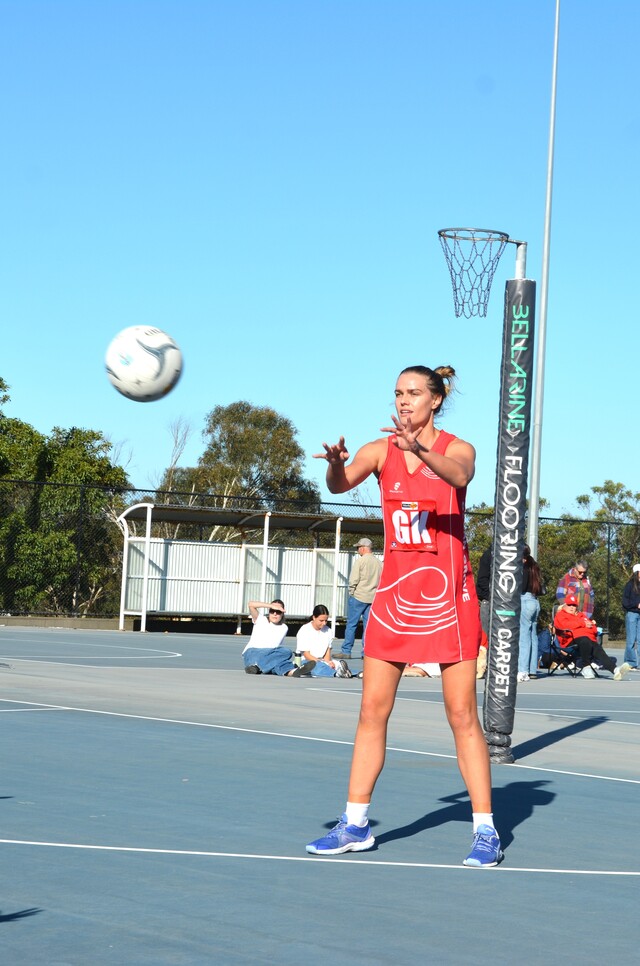
Unbeaten Grove…still
Purchase this photo from Pic Store: 476564 Ocean Grove thrashed an injury-hit Queenscliff to keep its undefeated Bellarine Netball League season intact on Saturday. After…

